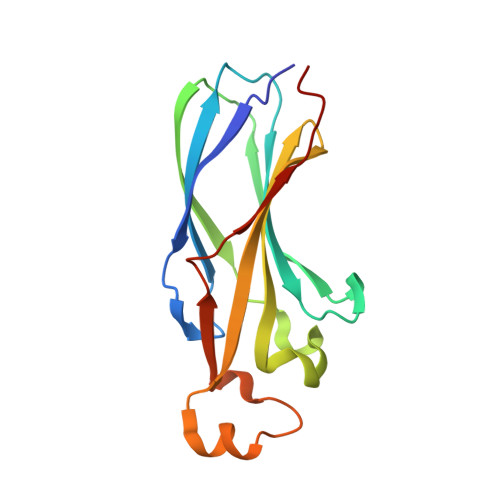Tousled-like kinase 2 targets ASF1 histone chaperones through client mimicry.
Simon, B., Lou, H.J., Huet-Calderwood, C., Shi, G., Boggon, T.J., Turk, B.E., Calderwood, D.A.(2022) Nat Commun 13: 749-749
- PubMed: 35136069
- DOI: https://doi.org/10.1038/s41467-022-28427-0
- Primary Citation of Related Structures:
7LNY, 7LO0 - PubMed Abstract:
Tousled-like kinases (TLKs) are nuclear serine-threonine kinases essential for genome maintenance and proper cell division in animals and plants. A major function of TLKs is to phosphorylate the histone chaperone proteins ASF1a and ASF1b to facilitate DNA replication-coupled nucleosome assembly, but how TLKs selectively target these critical substrates is unknown. Here, we show that TLK2 selectivity towards ASF1 substrates is achieved in two ways. First, the TLK2 catalytic domain recognizes consensus phosphorylation site motifs in the ASF1 C-terminal tail. Second, a short sequence at the TLK2 N-terminus docks onto the ASF1a globular N-terminal domain in a manner that mimics its histone H3 client. Disrupting either catalytic or non-catalytic interactions through mutagenesis hampers ASF1 phosphorylation by TLK2 and cell growth. Our results suggest that the stringent selectivity of TLKs for ASF1 is enforced by an unusual interaction mode involving mutual recognition of a short sequence motifs by both kinase and substrate.
Organizational Affiliation:
Department of Pharmacology, Yale School of Medicine, New Haven, CT, USA.
























